The Device Manager allows users to view and manage device drivers. Users can uninstall, update, roll back, or reinstall the device drivers via the Device Manager on Windows 11/10. If a device driver is corrupt or missing in the Device Manager, you will start experiencing issues with that device on your system. Some users found the Batteries branch missing in the Device Manager. This article shows what you can do if the Batteries branch is not showing in the Device Manager of Windows 11/10.
Batteries not showing in the Device Manager of Windows 11/10
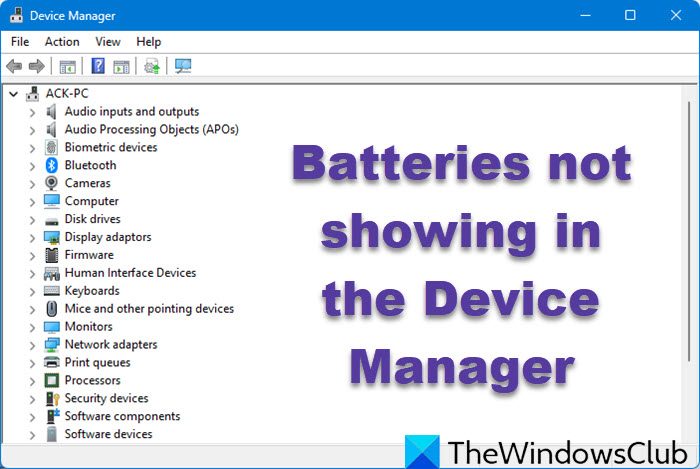
Use the following fixes if the Batteries branch is not showing in the Device Manager of Windows 11/10. Before you proceed, check for Windows Update manually and install the same if available.
- Completely drain your laptop battery
- Perform a hard reset
- View the Hidden Devices
- Check the status of the drivers in the Device Manager
- Download and install the battery driver
- Update your Surface laptop firmware
- Perform a System Restore
- Perform an In-place Upgrade
We have explained all these fixes in detail below:
1] Completely drain your laptop battery
This is a workaround. Completely drain your laptop battery. When it turns off by itself, connect your charger and turn on your laptop. Now, check if the Batteries category appears in the Device Manager.
2] Perform a hard reset
The next step is to perform a hard reset. The following steps will guide you on this:
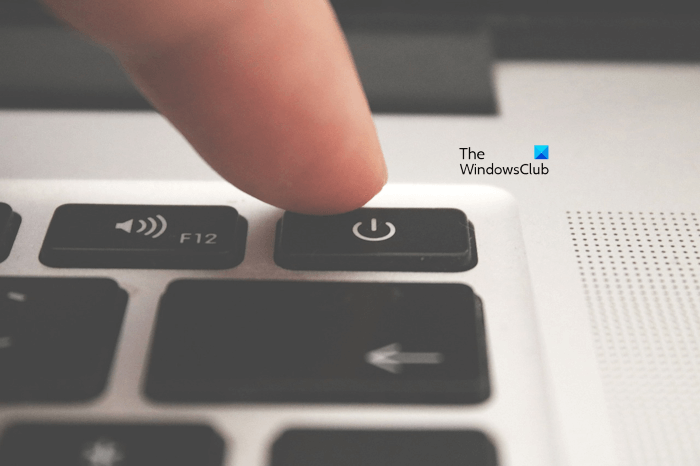
- Turn off your laptop.
- Disconnect all the peripheral devices and the charger connected to your laptop.
- Remove the battery. Skip this step if your laptop has a non-removable battery.
- Press and hold the power button for up to 45 seconds.
- Insert the battery and turn on your laptop.
Now, check if the problem is fixed.
3] View the Hidden Devices
You should also check the hidden devices in the Device Manager. Follow the steps provided below:
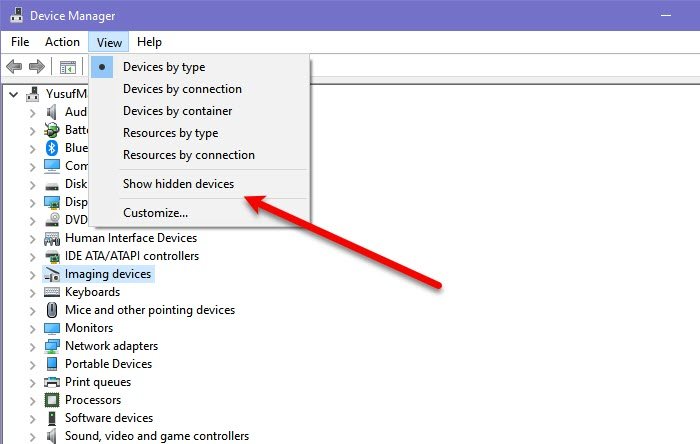
- Open the Device Manager.
- Go to View > Show hidden devices.
- See if the Batteries branch appears. If yes, double-click on the driver and see the message it displays under the General tab.
- If the driver shows any error message, uninstall the driver and restart your laptop. Or, you can also perform a scan for hardware changes.
Now, see if the issue is fixed.
4] Check the status of the drivers in the Device Manager
Another corrupt device driver might be conflicting with the battery driver and causing this problem. First, create a System Restore Point.
Open the Device Manager and expand all the branches to see if any device driver is showing a warning sign. If you see a warning sign on a device driver, double-click on it to open its properties.
Now, read the error message under the General tab of the driver properties window. The error message will be one of the Device Manager error codes. Now, troubleshoot the error accordingly.
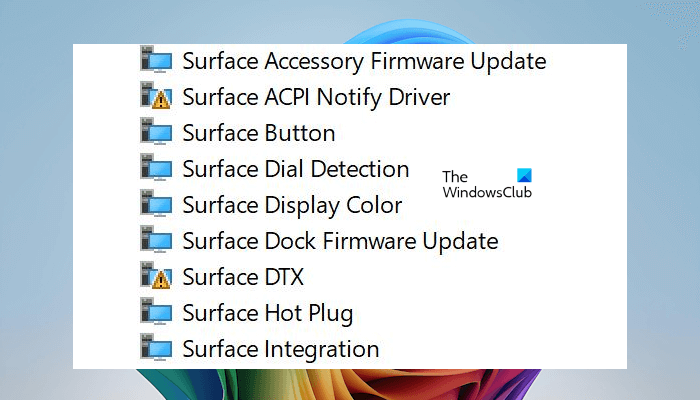
If you are a Microsoft Surface user, you may see the yellow exclamation mark on the following drivers:
- Surface ACPI Notify driver
- Surface DTX driver
If so, uninstall these two drivers and restart your laptop to reinstall these drivers. Now, check if the problem persists. If yes, enable the hidden devices in the Device Manager and locate the Surface Serial Hub driver. Uninstall this driver and restart your laptop. Windows will automatically reinstall this driver on restart. Now, the issue should be fixed. If not, follow the other suggestions.
5] Download and install the battery driver
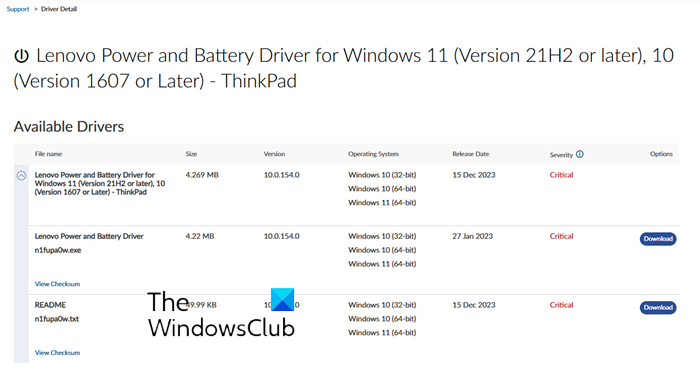
You can also download and install the battery driver from your laptop manufacturer’s official website. However, installing the battery driver is not as straightforward as installing the other drivers. This is because the battery drivers are unavailable on all laptop manufacturers’ websites. You may or may not find your laptop’s battery driver after visiting your laptop manufacturer’s official website.
6] Update your Surface laptop firmware
If you are a Microsoft Surface laptop user, you can try updating your Surface firmware. The process to do this is as follows:
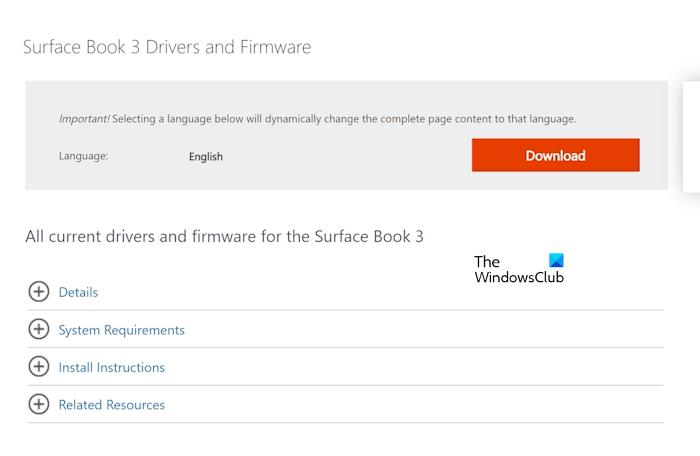
- Open your web browser, enter aka.ms/surfacedrivers in the address bar, and hit Enter.
- Scroll down to the Manually update Surface drivers and firmware section.
- Click on the drop-down menu and select your Surface laptop model. If you do not know your Surface laptop model, open the Surface app and expand the Device information tab. You will see your Surface laptop model there.
- Now, click on the Download button.
- Run the installer file to install the driver on your laptop.
When the installation process is completed, restart your Surface laptop. The problem should be fixed now.
7] Perform a System Restore
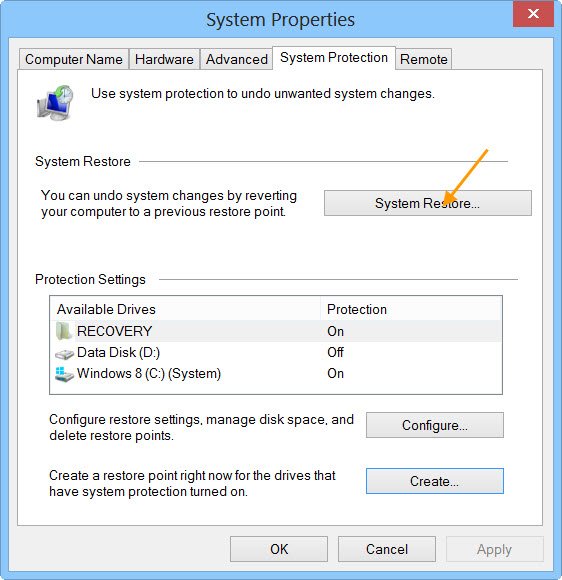
If the Batteries branch still does not appear in the Device Manager, you can perform a system restore, provided the restore point should exist on your laptop. This action will restore your laptop to its previous working state.
While performing this action, select the restore point before which the problem did not exist.
8] Perform an In-place Upgrade
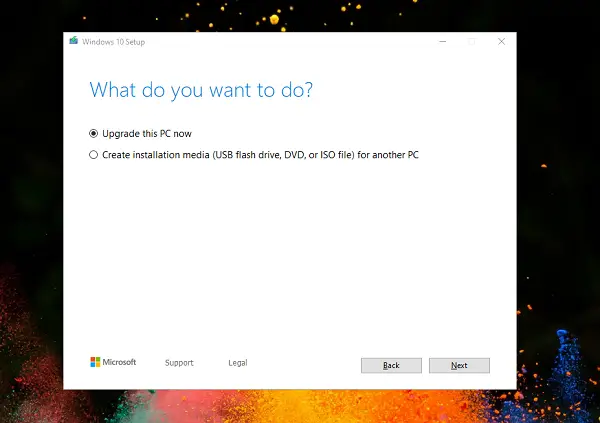
You can also repair your Windows OS by performing the Repair Upgrade or In-place Upgrade. This action will reinstall the Windows OS without uninstalling the currently installed Windows OS. Hence, your data will not vanish. However, from a safety point of view, I recommend you backup your data before proceeding.
Unfortunately, if this does not help, you will have to perform a Clean Installation of Windows, which will delete your data. You will need a bootable USB flash drive for this purpose.
That’s it. I hope this helps.
How do I fix Windows 11 No battery detected.
If you see the No battery detected error message on your laptop, first disconnect the battery and clean the battery compartment. Other fixes you can try are running the Power Troubleshooter, updating or reinstalling the battery driver, etc. It is also possible that your laptop battery is faulty. You can generate a battery health report to confirm this.
Why is my battery icon not showing up in Windows?
If your battery icon is not showing on the Taskbar on Windows, it might be disabled in Windows 10 Settings. If the battery icon is missing from the Taskbar on Windows 11, the battery driver might be disabled or uninstalled on your system. Check this in the Device Manager and troubleshoot accordingly.
Read next: Windows laptop keeps restarting when plugged in.
Leave a Reply